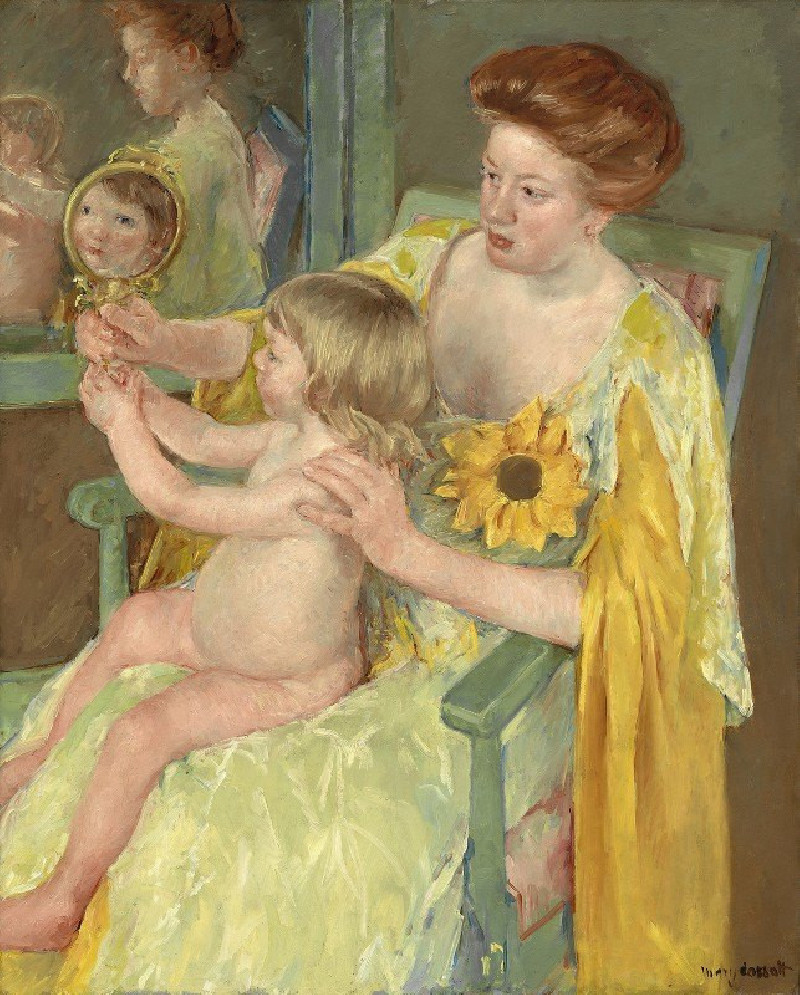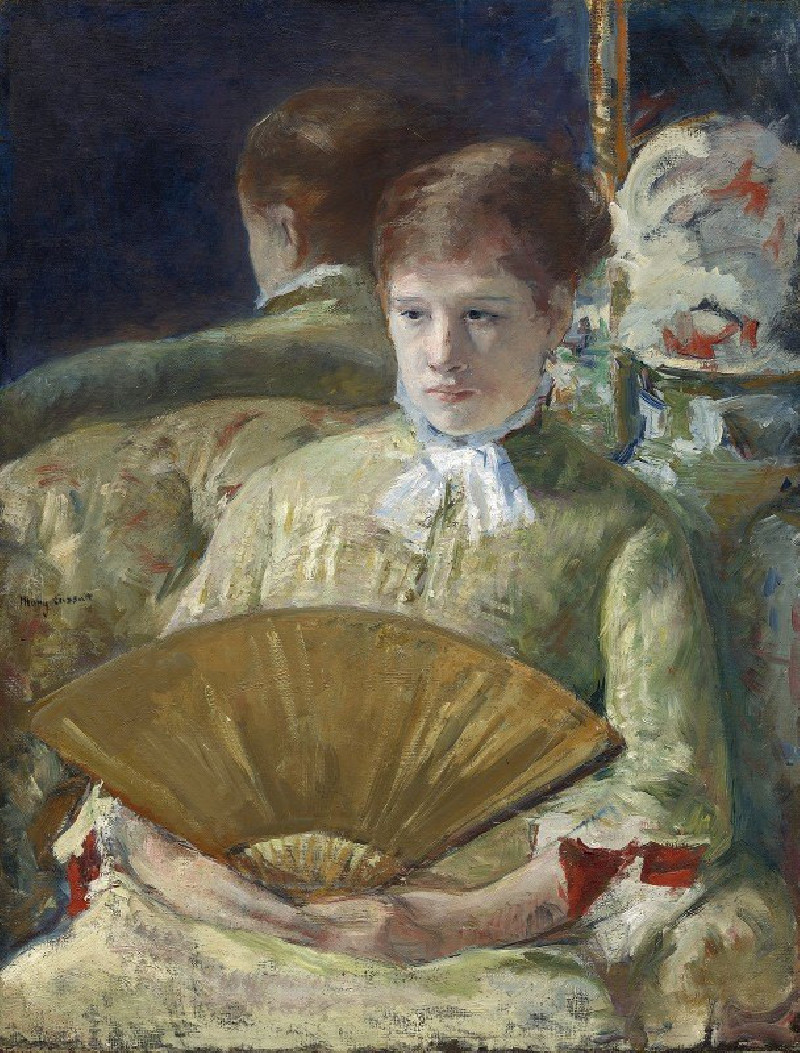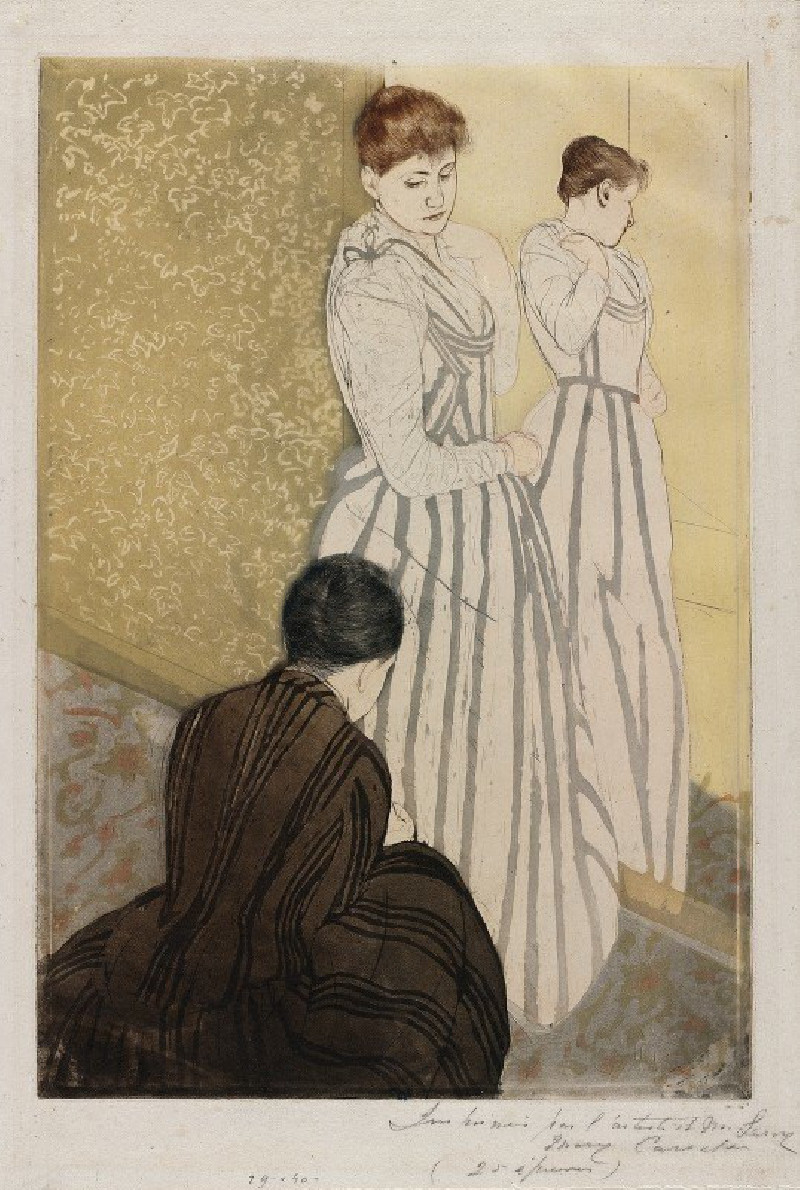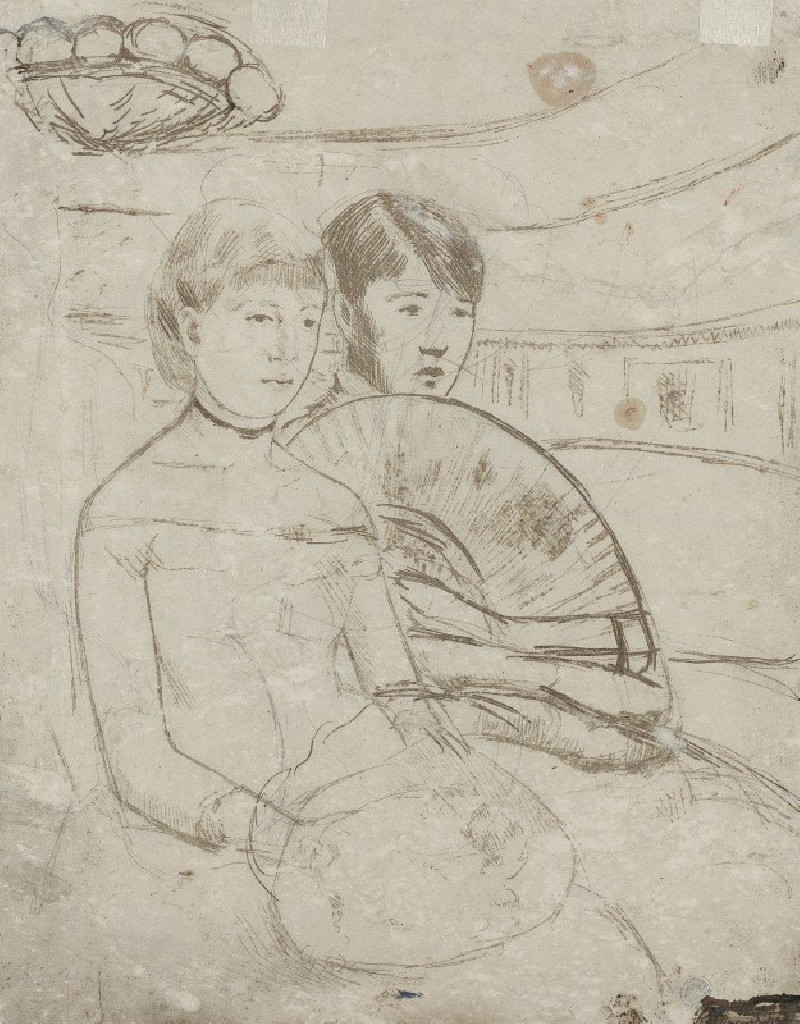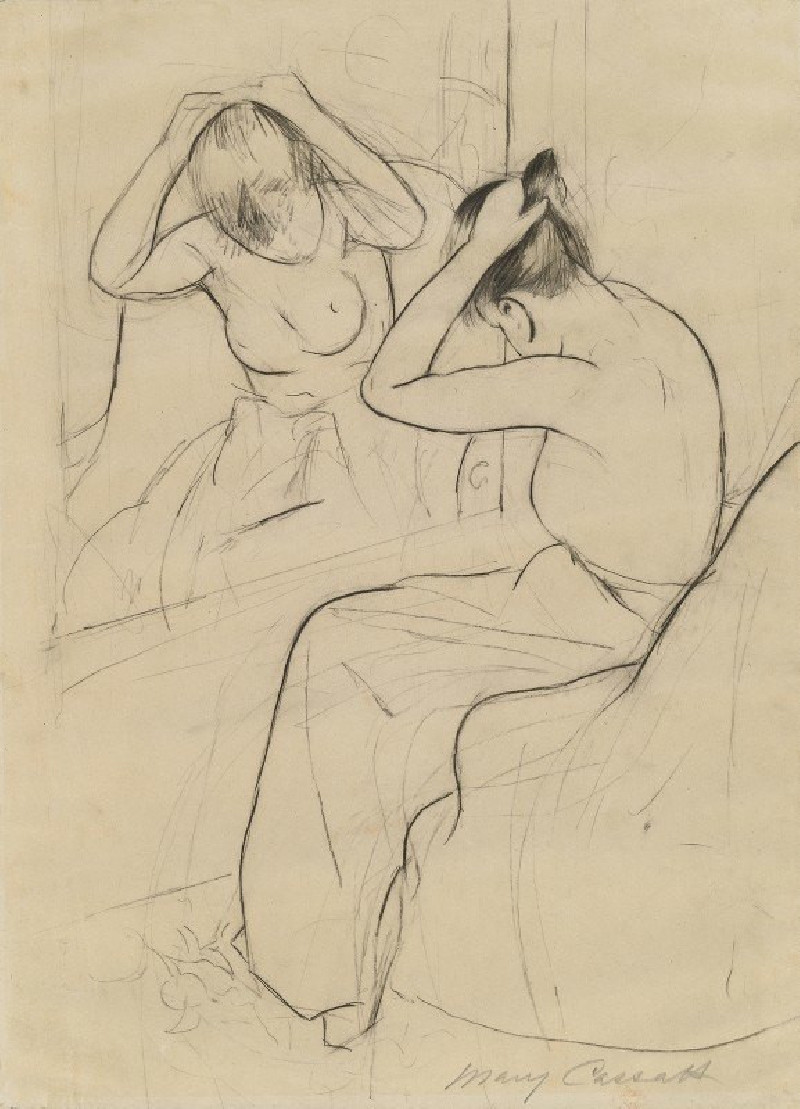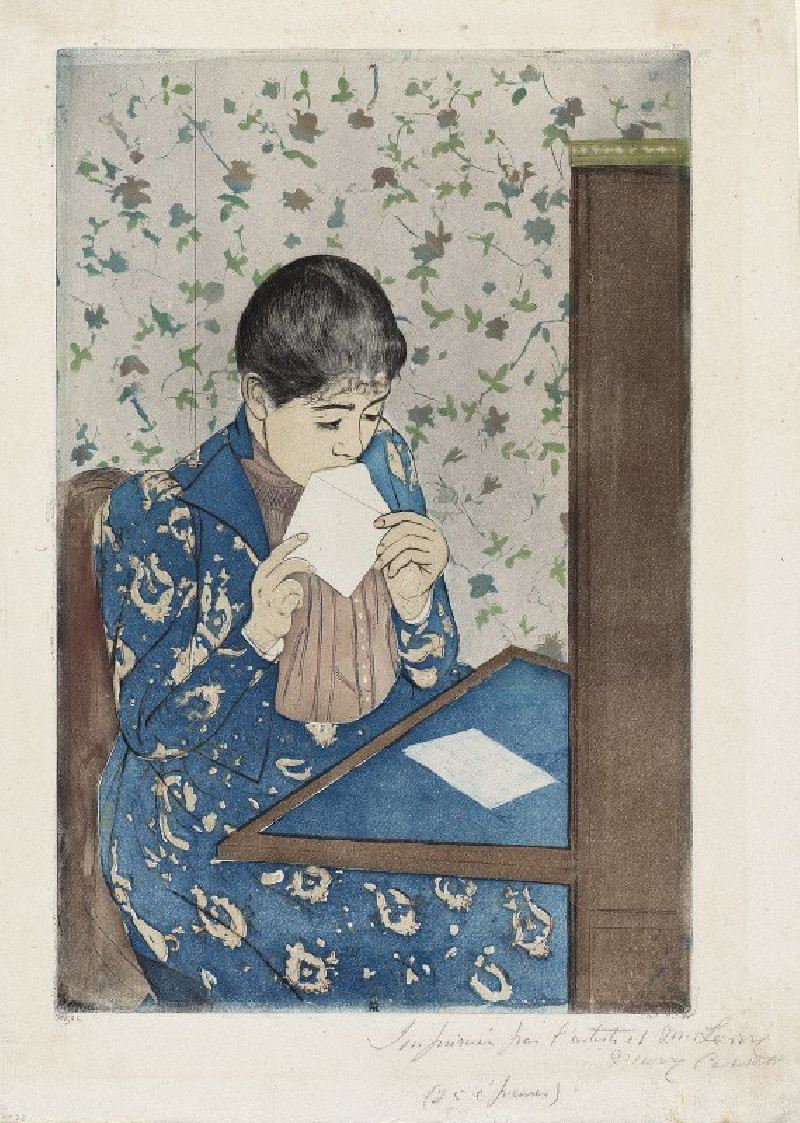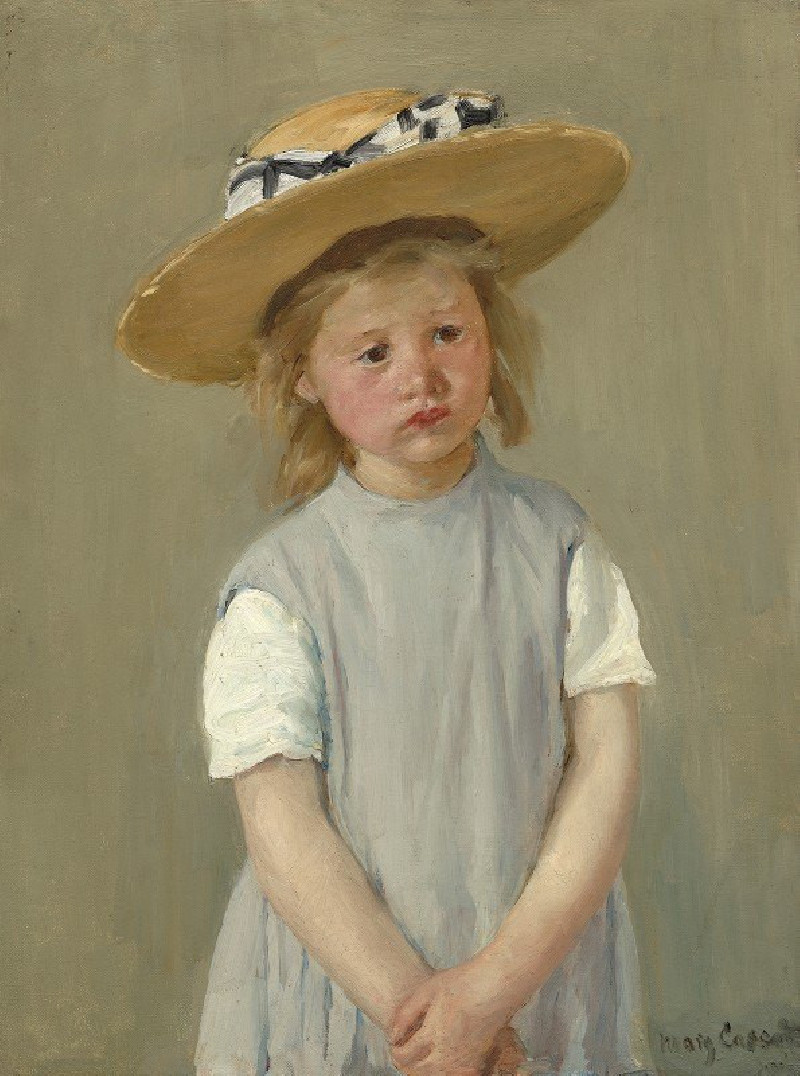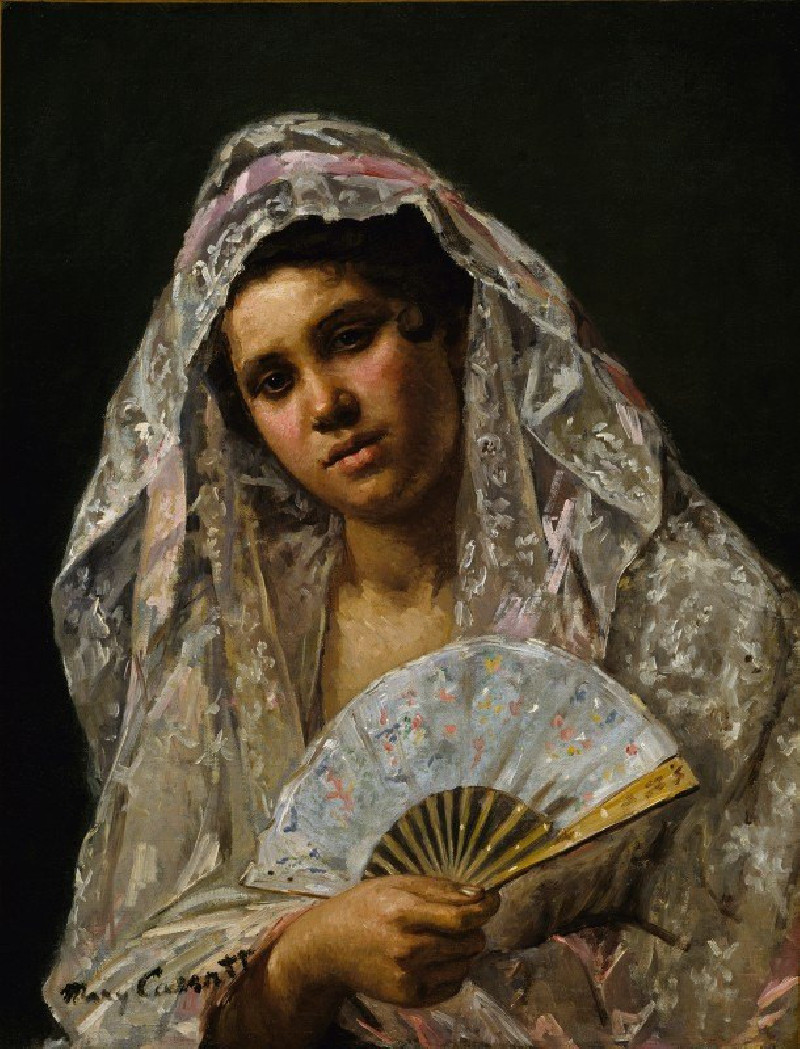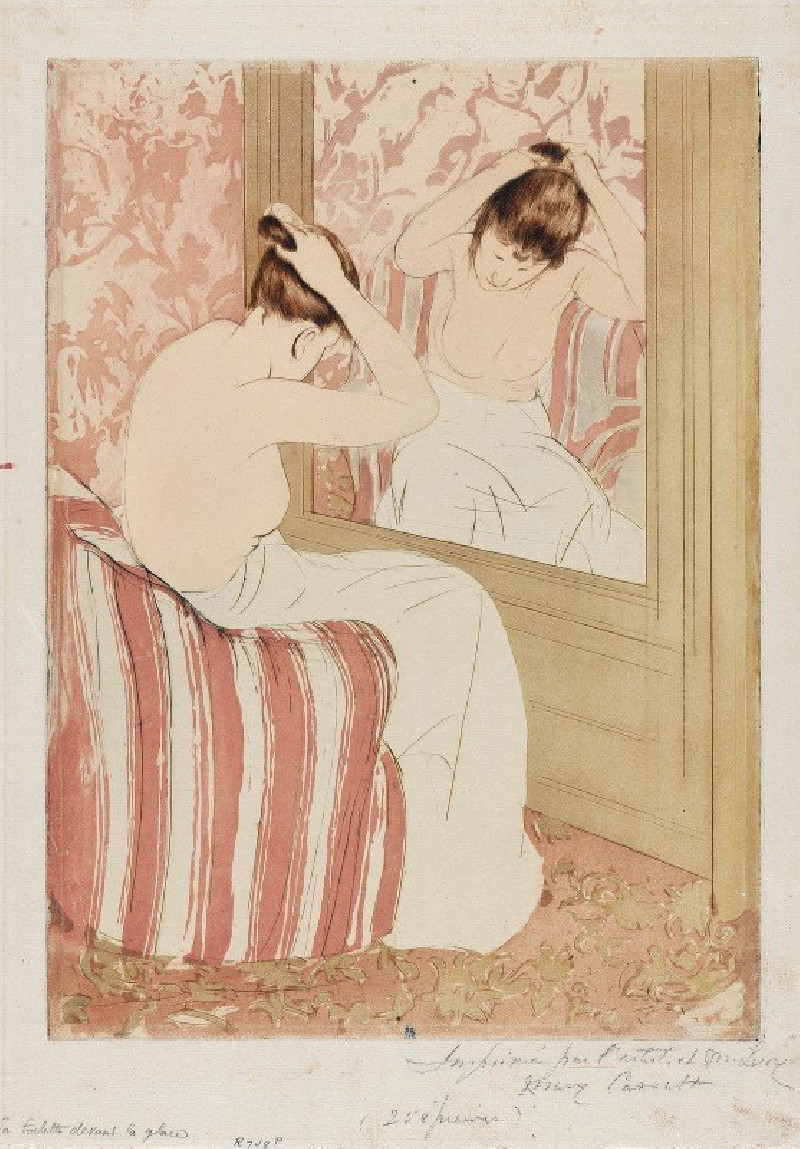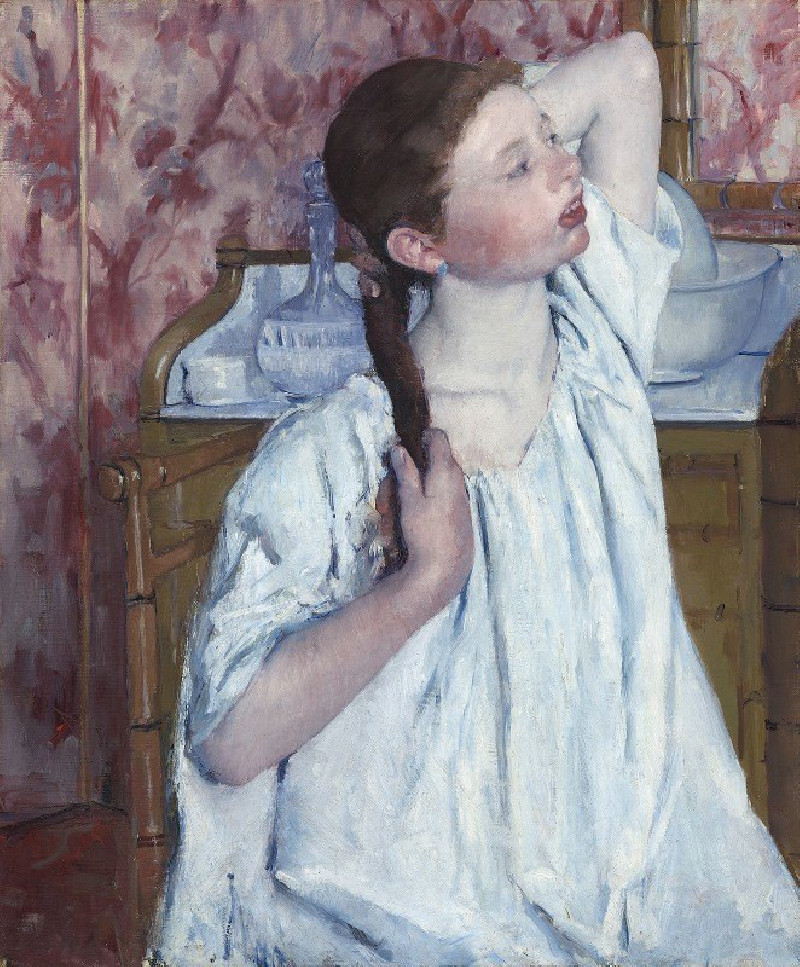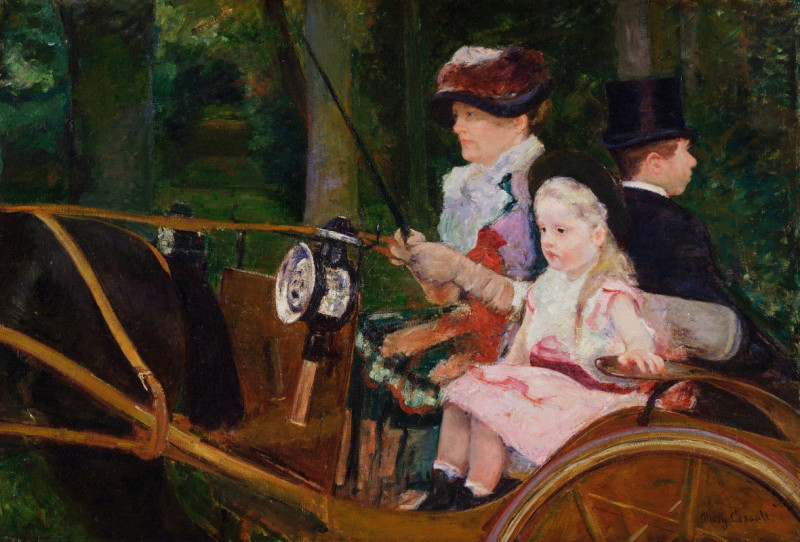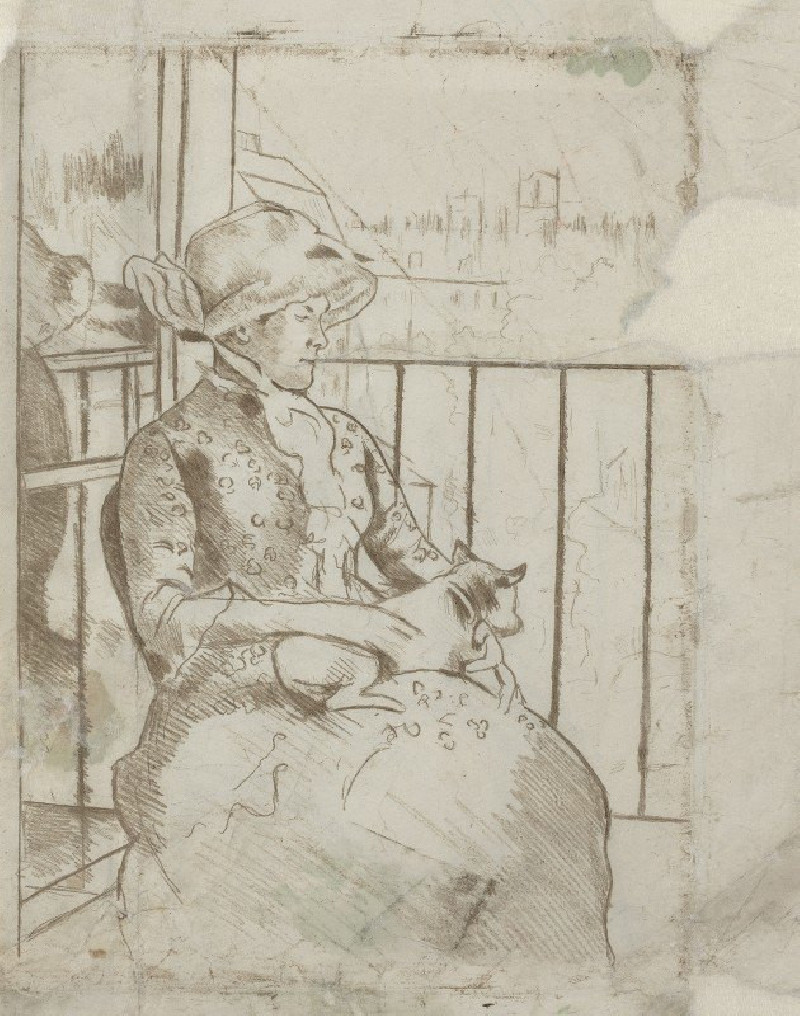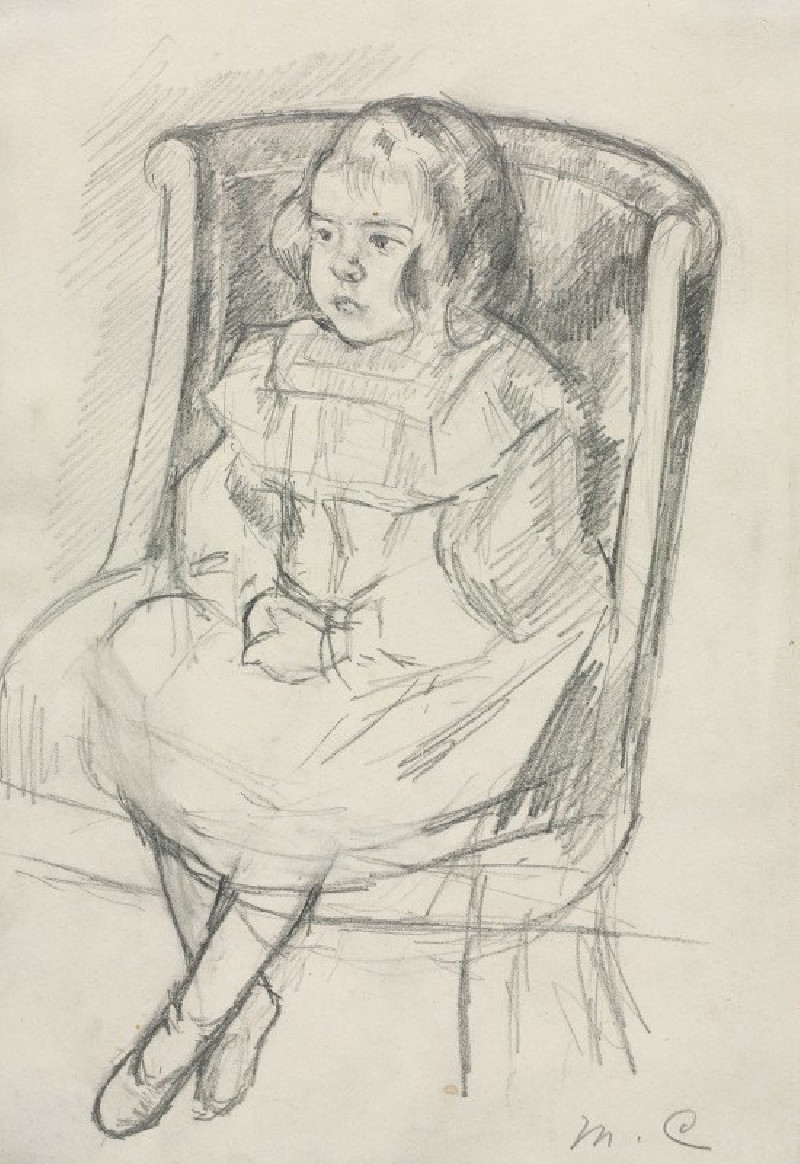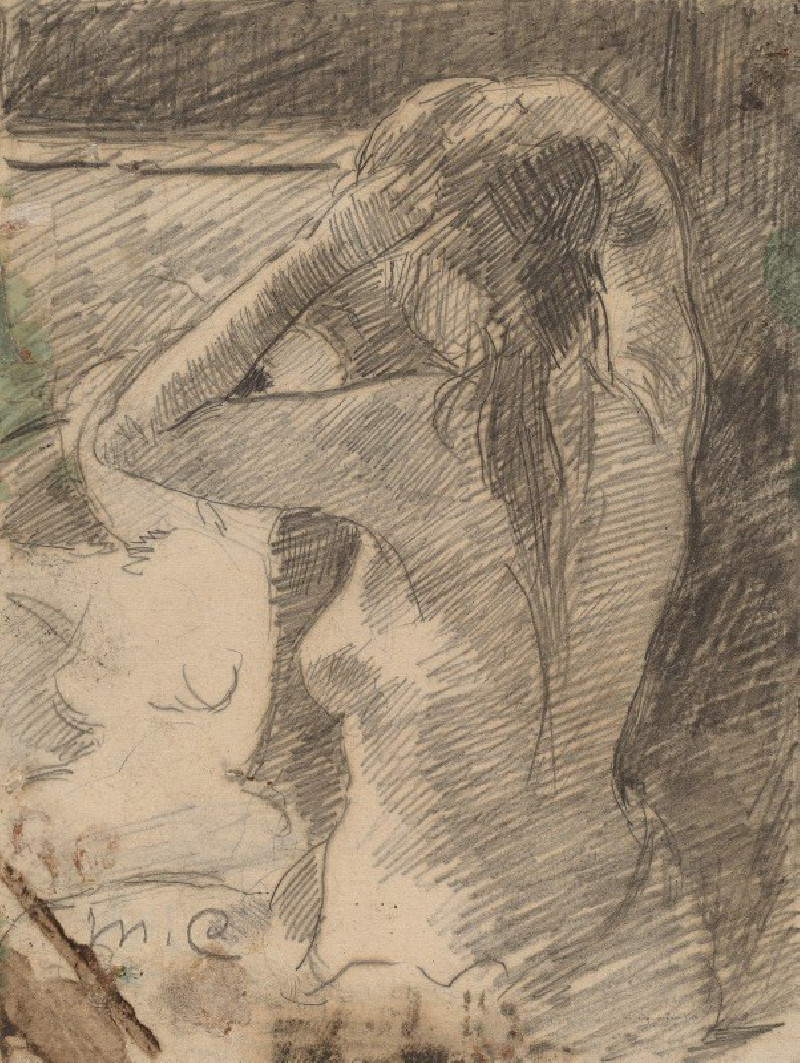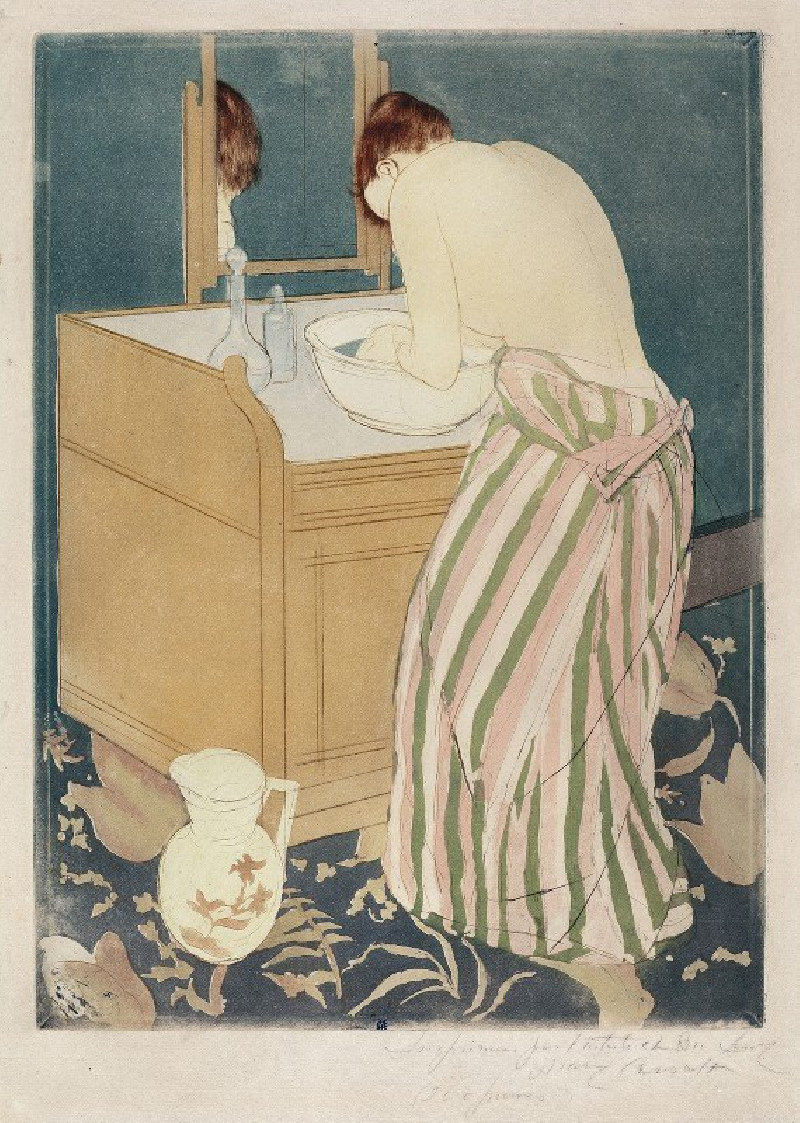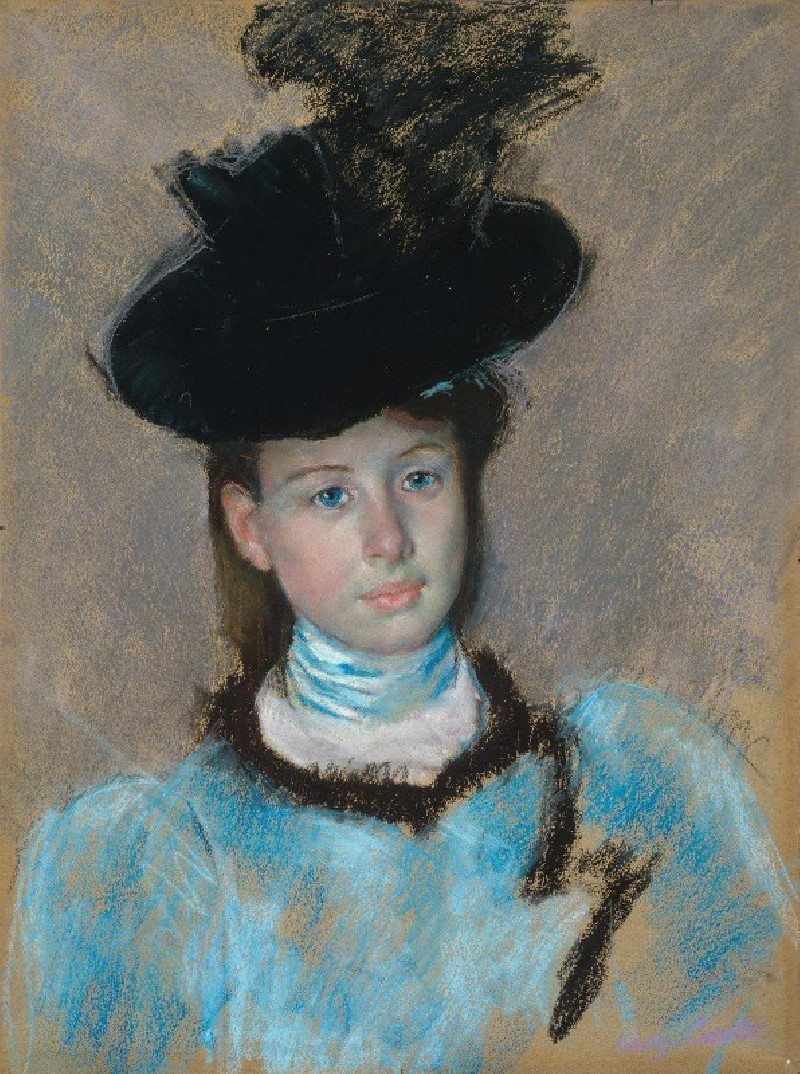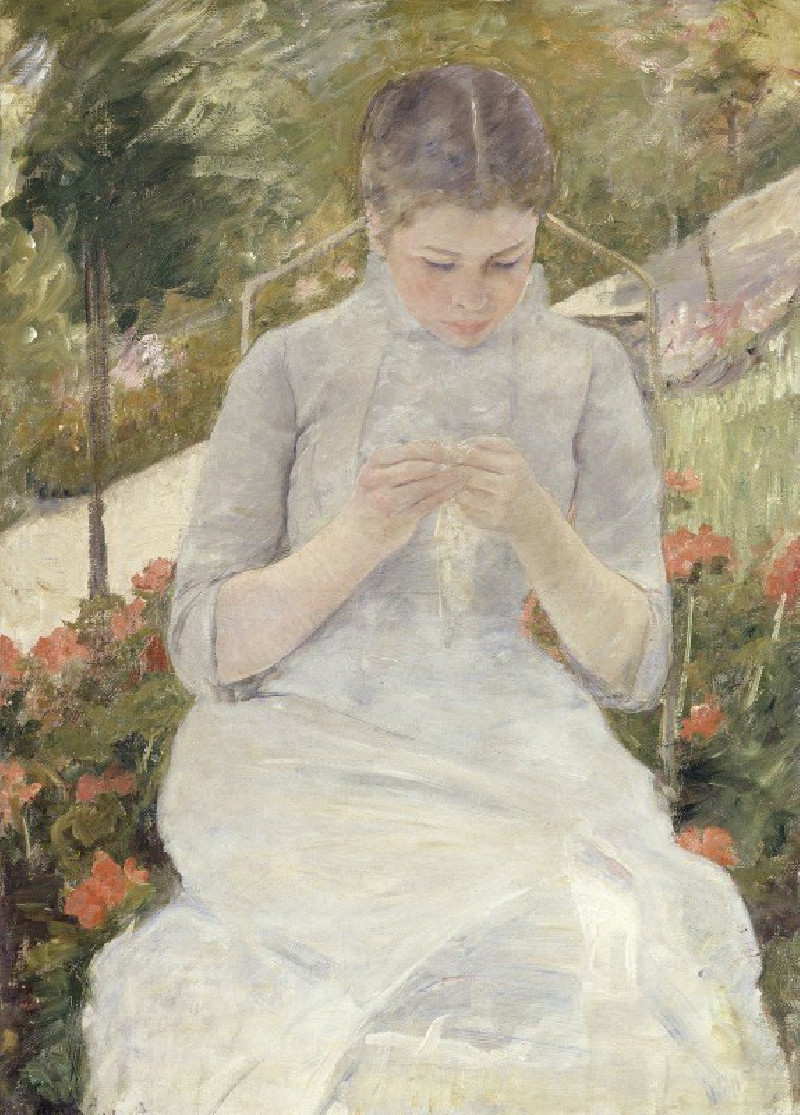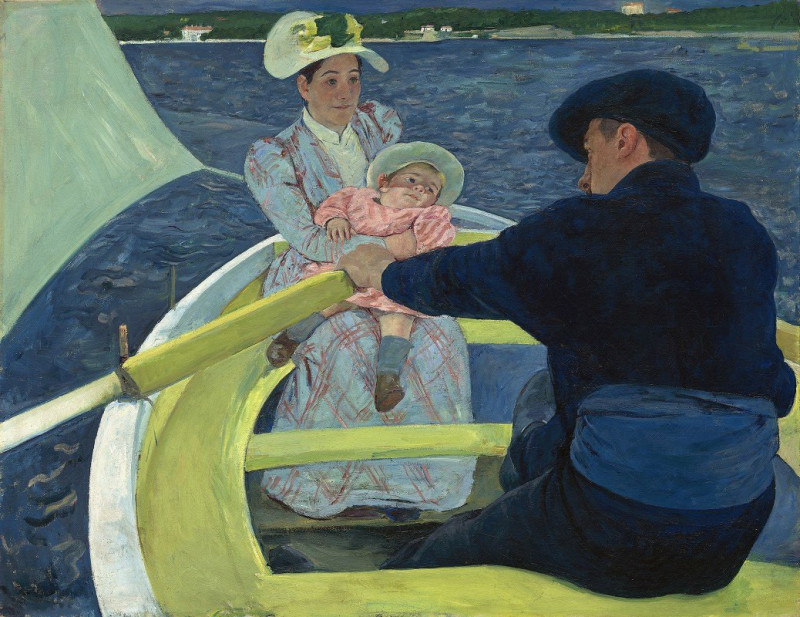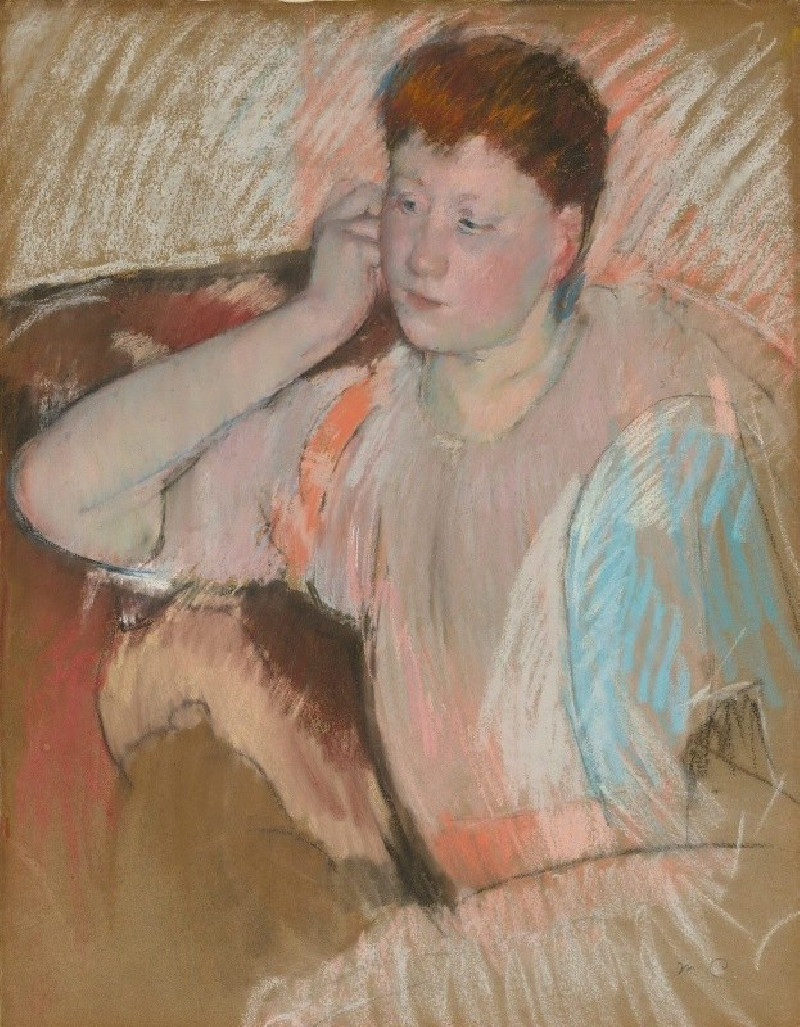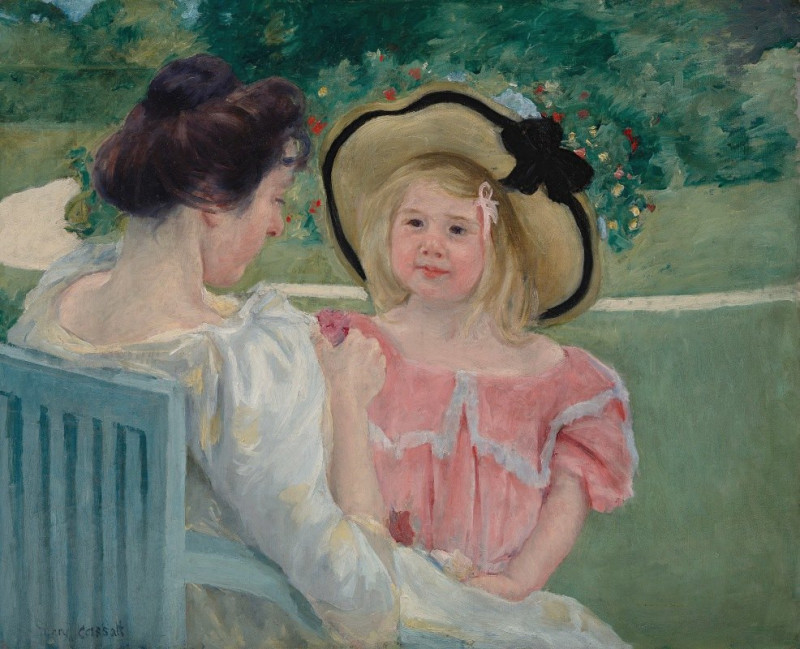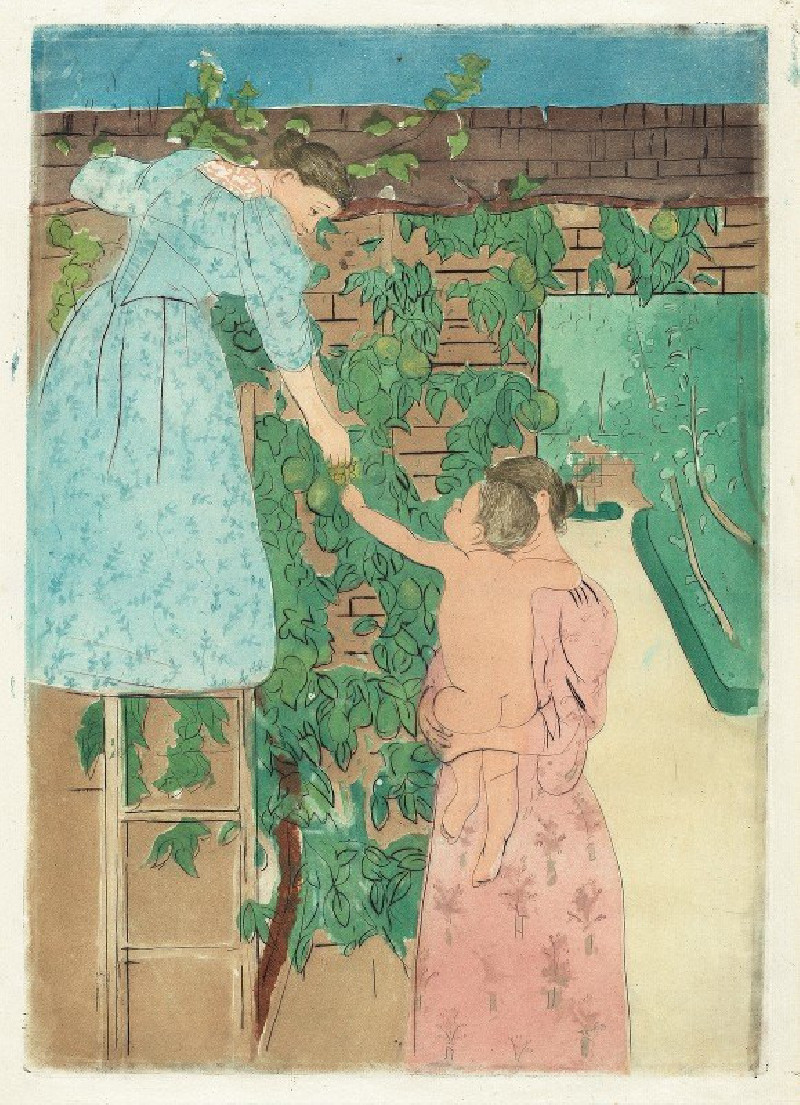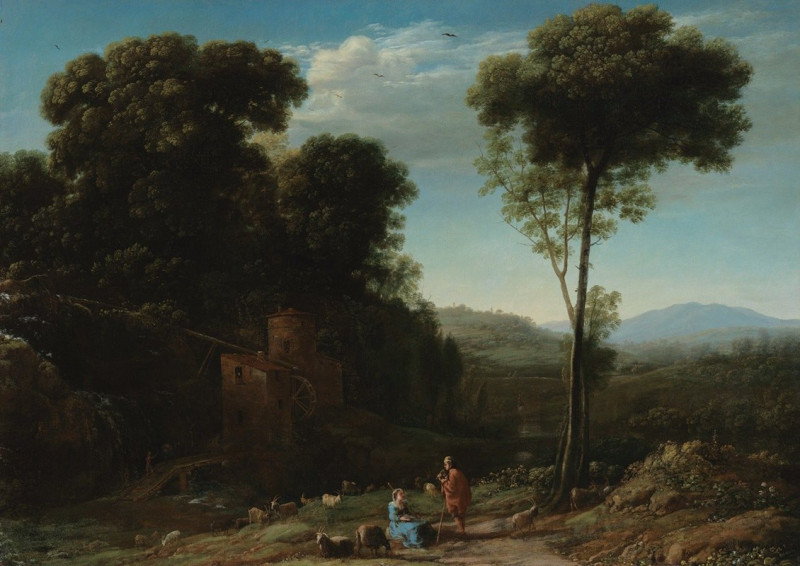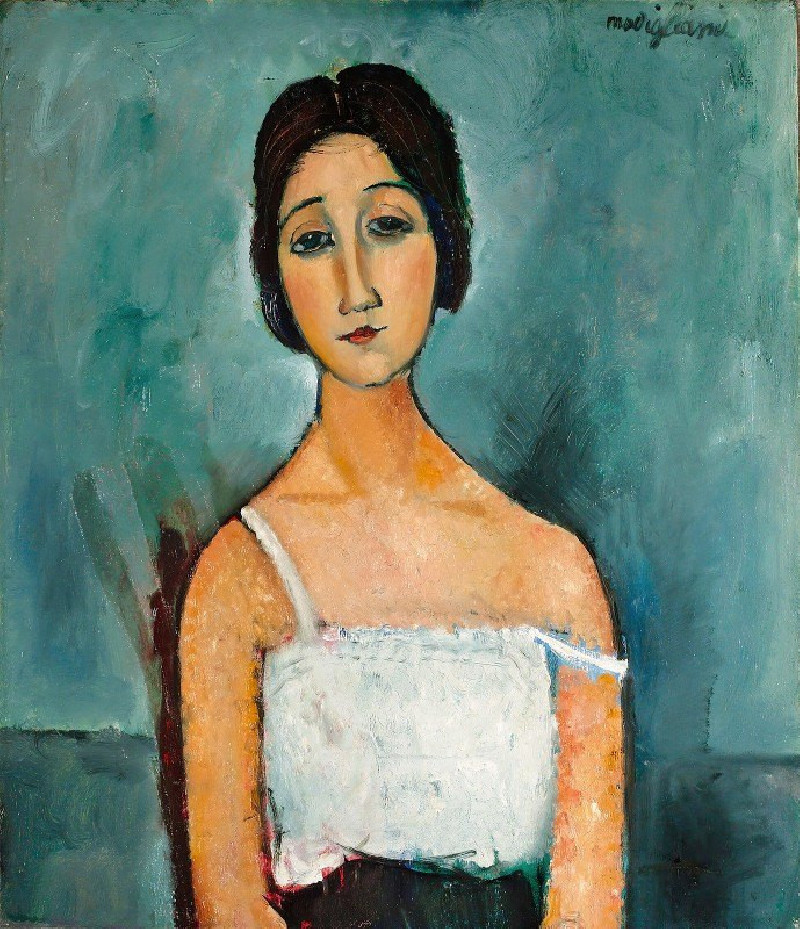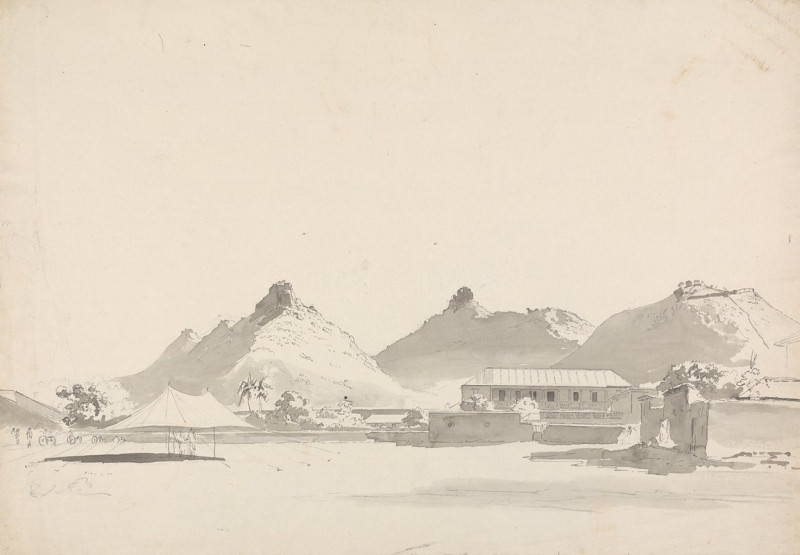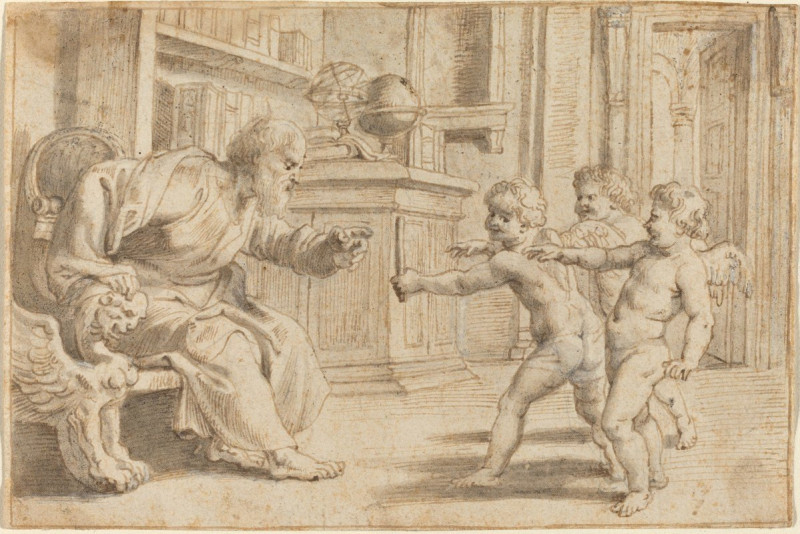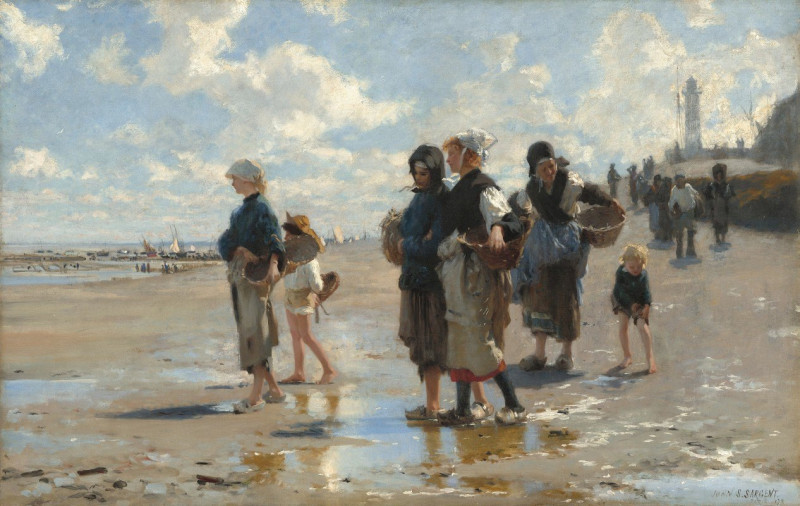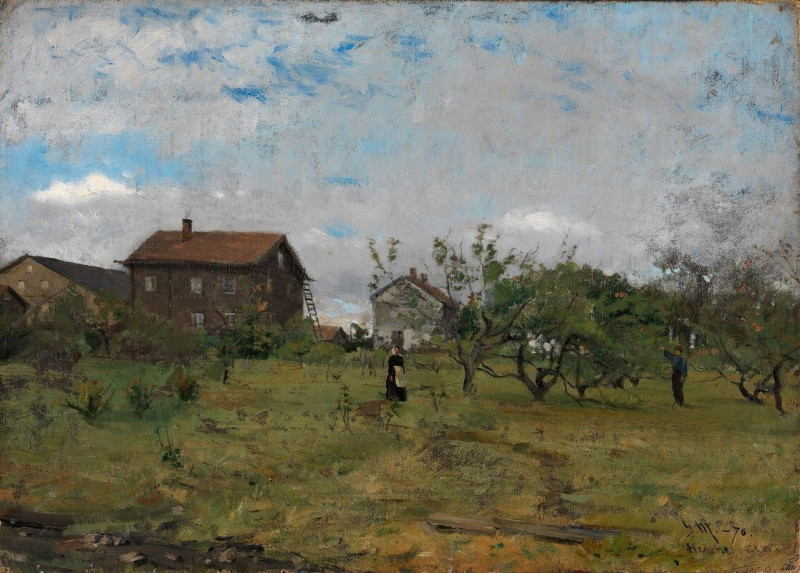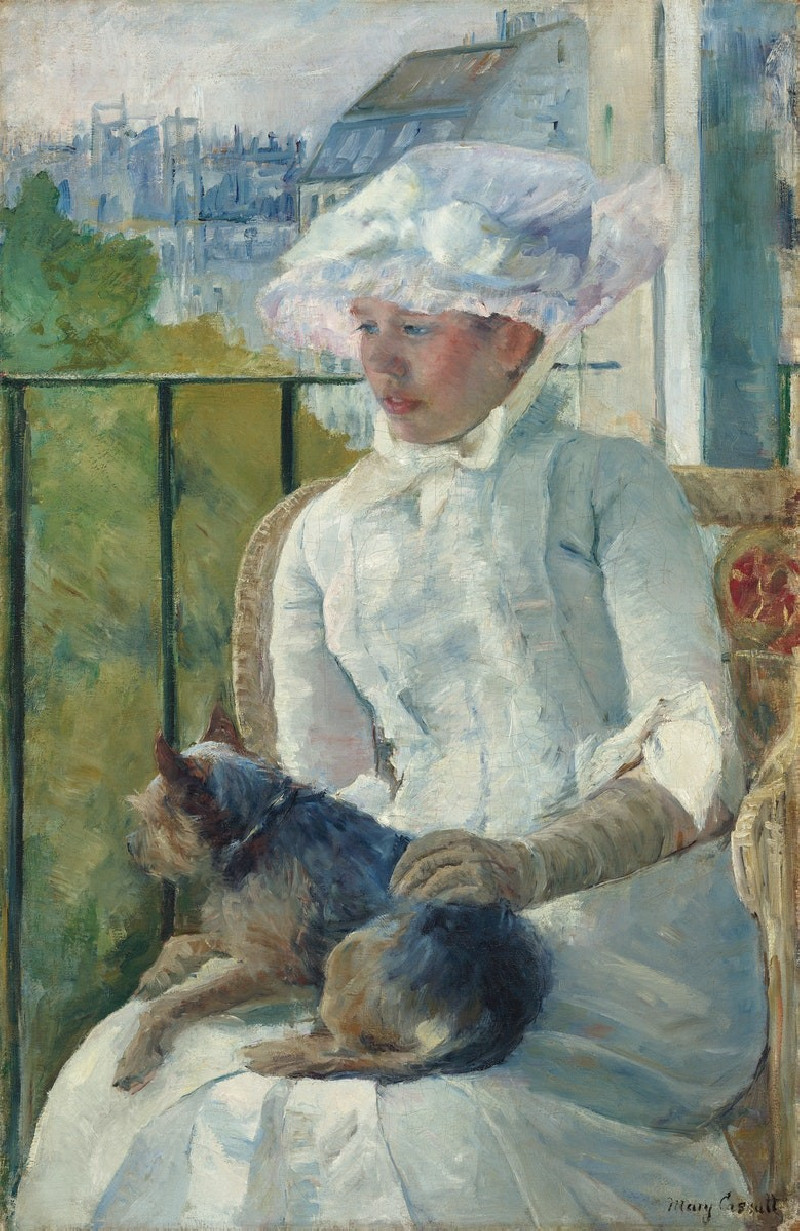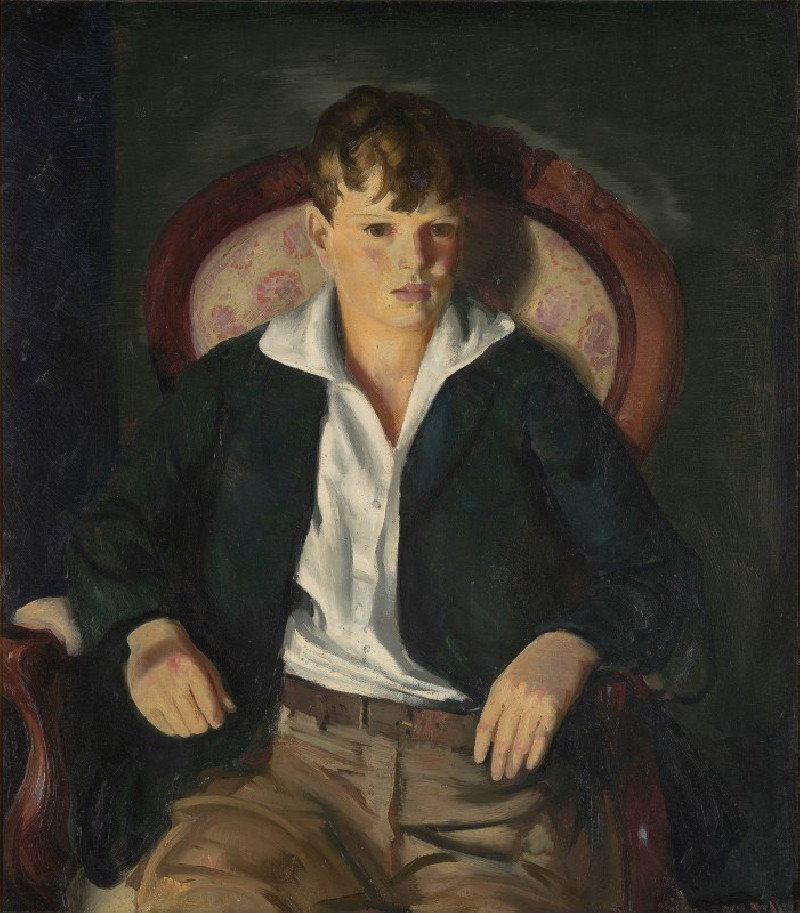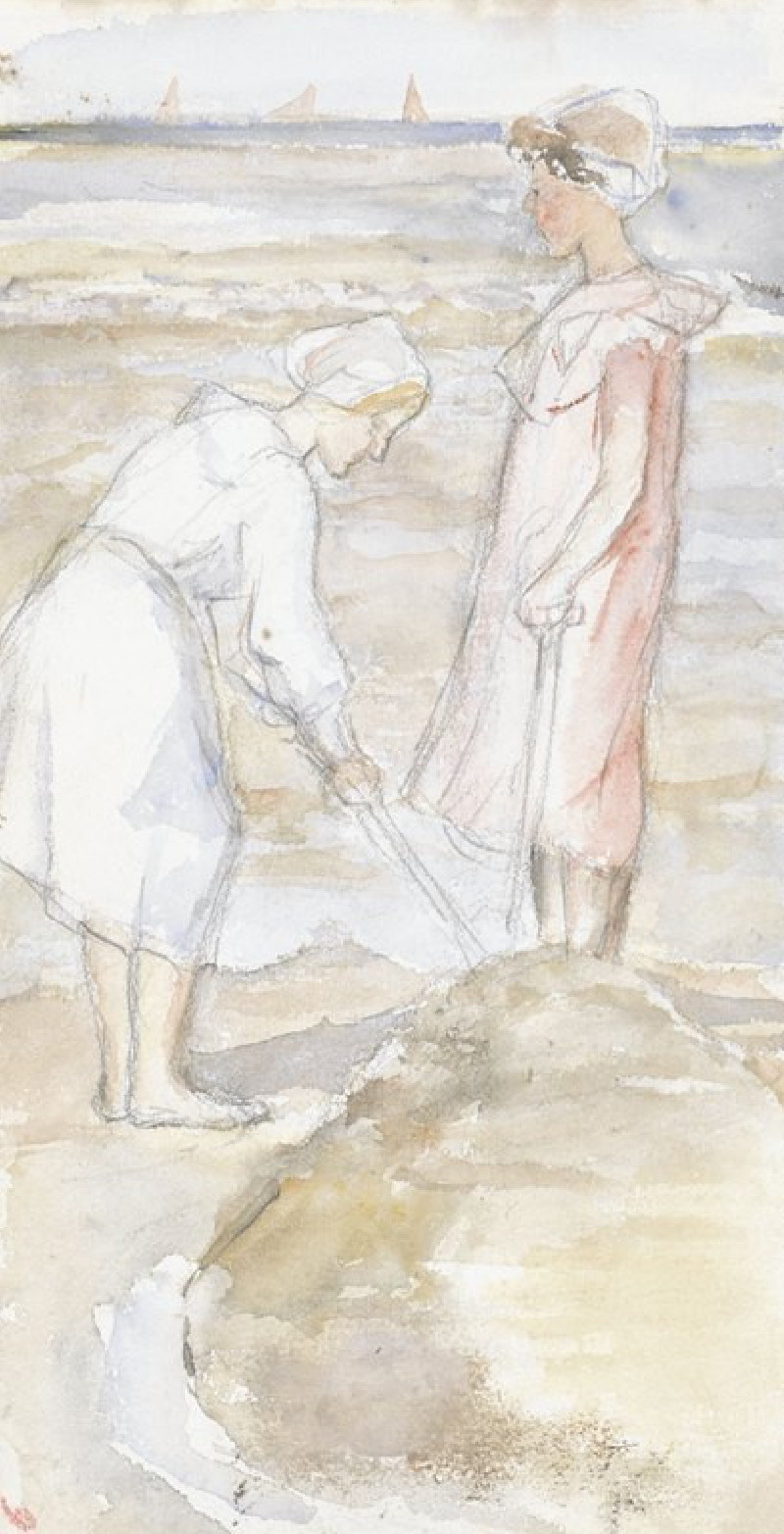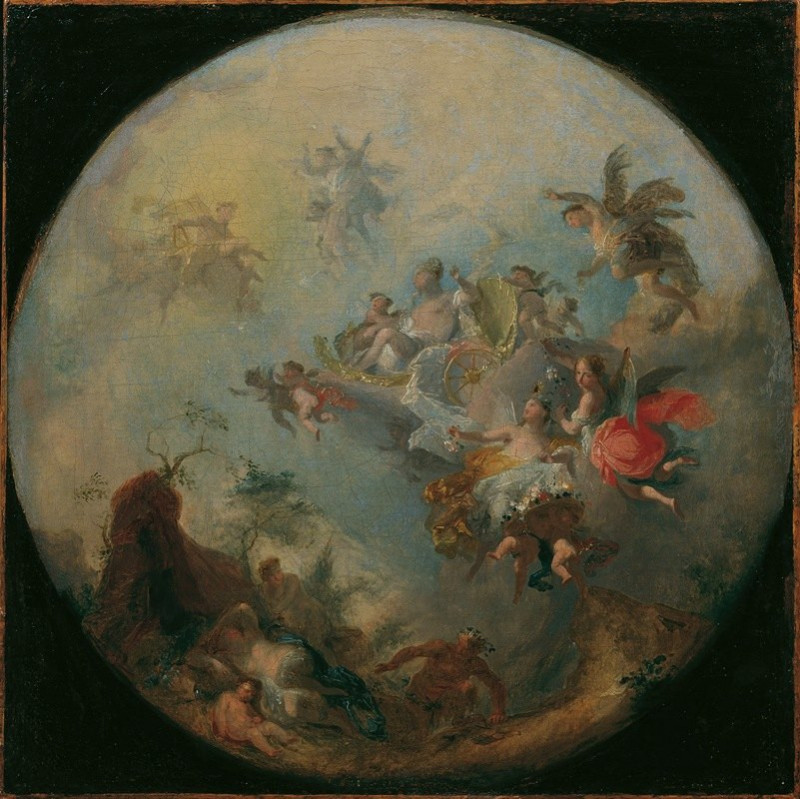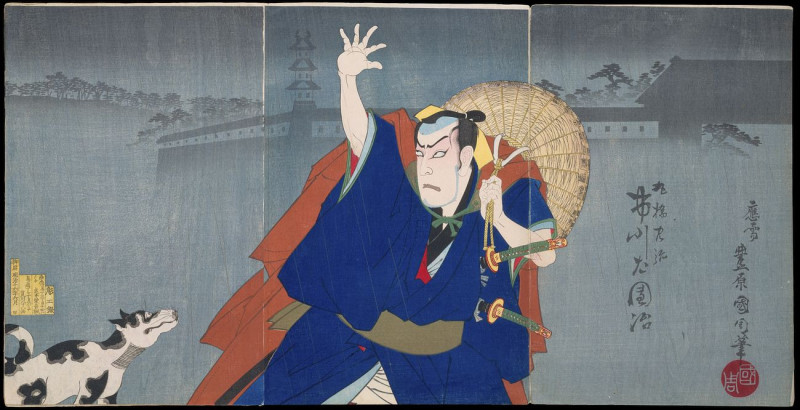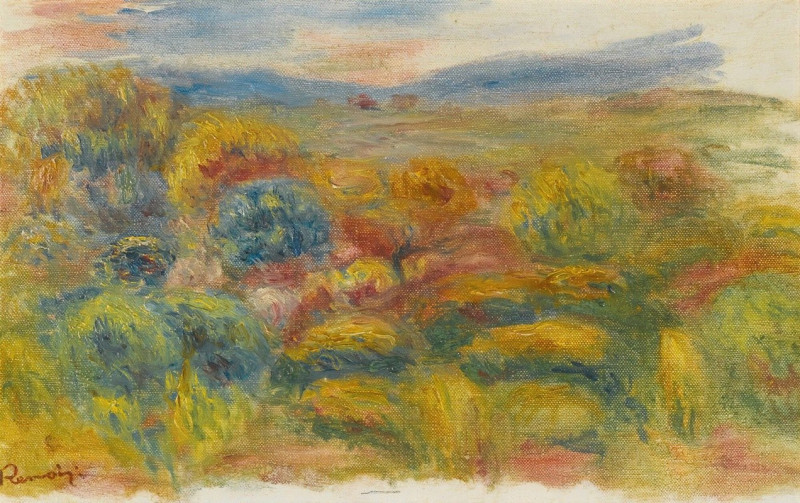Mother and Child (c. 1905)
Technique: Giclée quality print
Recommended by our customers
More about this artwork
"Mother and Child" (c. 1905) by Mary Cassatt is a tender representation of maternal affection and childlike curiosity rendered with soft brush strokes and a warm, inviting palette. In this painting, Cassatt, an American painter who spent much of her career in France and was associated with the Impressionists, captures an intimate moment between a mother and her two children.The scene is bathed in gentle light, enhancing the sense of warmth and closeness. The mother, attired in a beautiful gown adorned with a large sunflower, holds her young child on her lap. The child, whose attention is captured by a small handheld mirror, is portrayed nude, emphasizing innocence and the natural aspects of childhood. A reflection of the child’s face, intrigued by his own image, can be seen in the mirror, adding a playful element to this serene tableau.The background and the details are softly blurred, directing the viewer's focus primarily on the interaction between the figures. Cassatt's use of vibrant colors and the subtle interplay of light and shadow not only emphasize the physical beauty of the mother and her children but also evoke the deep, emotional bond that connects them.This painting is an exquisite example of Cassatt’s ability to convey the everyday beauty and profound significance of family relationships, particularly those between mothers and their children.
Delivery
Returns
Mary Stevenson Cassatt was an American painter and printmaker. She was born in Allegheny City, Pennsylvania (now part of Pittsburgh’s North Side), but lived much of her adult life in France where she befriended Edgar Degas and exhibited with the Impressionists. Cassatt often created images of the social and private lives of women, with particular emphasis on the intimate bonds between mothers and children.
She was described by Gustave Geffroy as one of "les trois grandes dames" (the three great ladies) of Impressionism alongside Marie Bracquemond and Berthe Morisot.In 1879, Diego Martelli compared her to Degas, as they both sought to depict movement, light, and design in the most modern sense.

